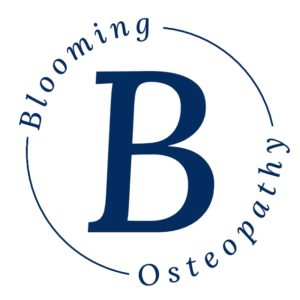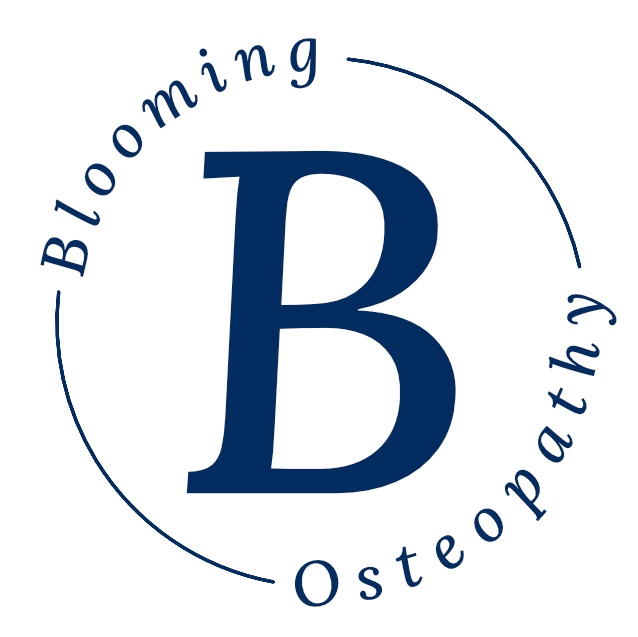Osteopathy Dundrum
Starting From The Ground Up: Foot Pain and Stiff Toes
As my first blog post it made sense for me to start at the ground and work up! And what part of the body is more grounded than the foot?
It’s easy to look over the foot and go to the knees, hips, back, and up. This is especially true when you’re not feeling pain or discomfort in the area; it makes sense for you to focus somewhere else.
However, the feet should not be ignored. The continuous repetitive force that is put through them is bamboozling. It’s unsurprising that these biomechanics play such a huge role in other areas of the body.
A little anatomy
The anatomy of the foot is complex, each one containing 26 bones and 33 joints. These are required for efficient movement and flexibility. Muscles coat the top (dorsal) and bottom (plantar) of the foot to support the all-important arch and move the toes. A further set of muscles attach on to the foot at various places from above, allowing for ankle mobility.
What could go wrong?
A lot of things could go wrong! The feet work hard all the time to ensure these muscles, joints and ligaments ease the transfer of force up from the ground. All of this work leaves the foot exposed to potential injuries and infections. Furthermore, there are genetic disorders that effect the shape and function of the feet which can have a big impact on the body higher up.
Your osteopath is trained to look at the biomechanics of your foot; how your feet move for you. This can change over time, it can be due to activities you do, a change in footwear, an acute infection, degeneration of the joints or from a change somewhere else in the body.
An example
A patient presents with a stiff big toe (hallux). This can be secondary to osteoarthritis, gout or from a past injury. A stiff toe is less likely to be used efficiently and may not be pushing off the ground correctly when walking. As the toe is a small joint, it may seem like a small problem. However, it can cause more noticeable problems in other areas of the body.
Stay with me
Big toe pain can cause the patient not to push off the foot properly. Therefore, the stride on that side will become shorter and more stilted. This changes how force travels up the body. Many patients feel this problem in their knee. The knee is ruled by the movements above and below and muscular balance. When this balance is changed the knee cap can move sideways, causing pain in the joint. This knee pain isn’t a given; pain and dysfunction can present itself in other areas such as the hip and lower back.
Osteopathy looks at how the body moves as a whole. Examining movement and flexibility of other areas of the body allows the site of dysfunction to be identified and treated. This creates lasting benefits. In our example, the ankle, knee or hip can suffer if the big toe hasn’t been put into flexion daily when walking.
How your osteopath can help
For patients with stiff joints caused by degeneration or injury, your osteopathic treatment will be aimed at freeing those stiff joints and allowing for better movement. Your osteopath will use articulation and soft tissue massage on the muscles that have been over-worked, stretched or used incorrectly. This will increase blood circulation, break down fibrous tissue and relax the impacted area. High velocity thrust (HVT – the technique which may cause a click) may also be utilised if appropriate. Exercises to help strengthen the intrinsic foot muscles and improve balance could be prescribed to aid treatment.
For patients with a genetic disorder that alters the biomechanics of the foot, such as club foot, your osteopathic treatment will improve adaptation and minimise the discomfort felt in the feet themselves but also other areas.
In every instance, the treatment is tailored to the individual and presenting case. Your osteopath will explain the diagnosis and prognosis and a personalised treatment plan will be discussed.
If you have any questions regarding this blog or on osteopathy in general, please do not hesitate to get in contact.
Why Wait to Start Feeling Great?
We’re excited to meet you! Book online or call us today to start your journey towards a pain-free, happier you.

